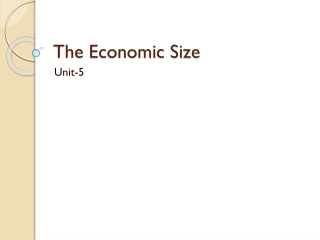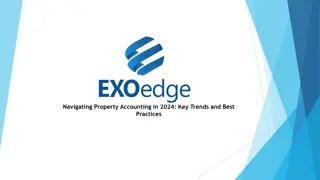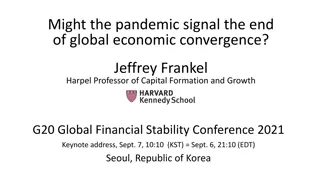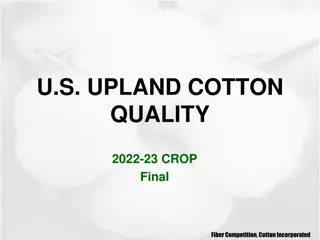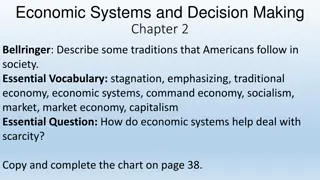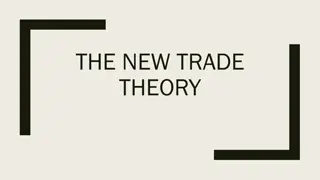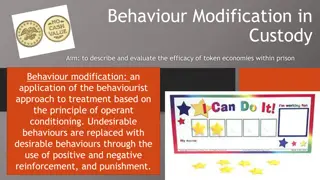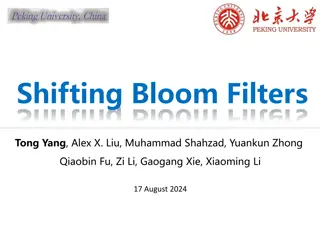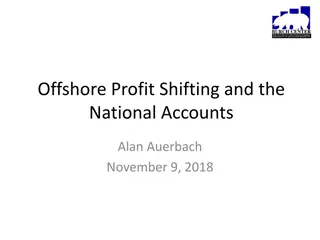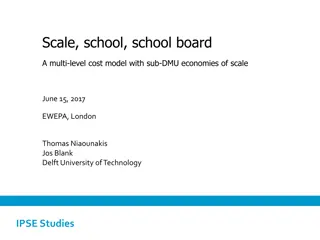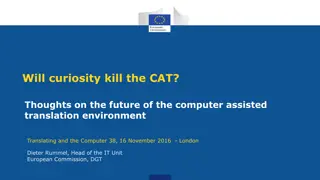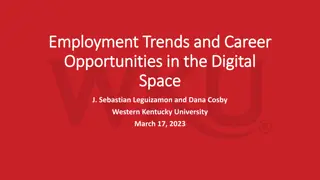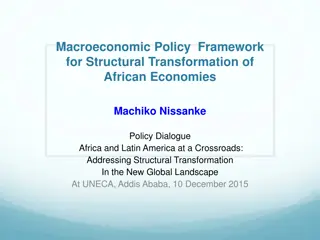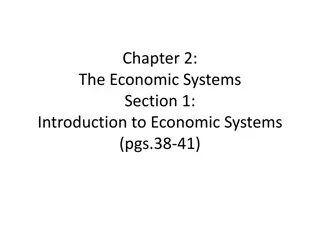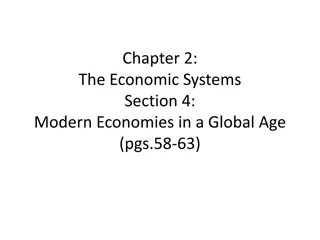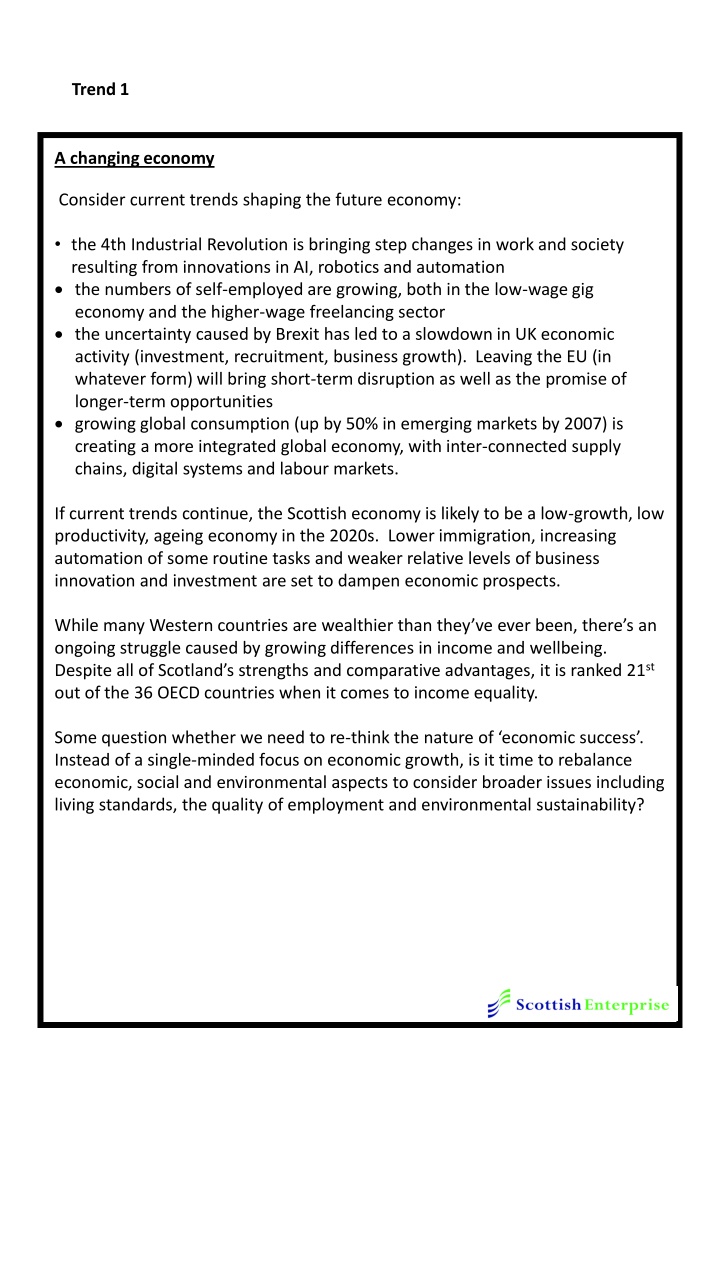
Future Trends in Shifting Economies
The current trends shaping future economies include the impact of the 4th Industrial Revolution on work and society, the rise of self-employment in gig and freelance sectors, Brexit uncertainty slowing UK economic activity, and the shift towards a more integrated global economy. The changing demographics, with a new generation entering the workforce and countries facing aging populations, also present challenges and opportunities for businesses worldwide.
Download Presentation

Please find below an Image/Link to download the presentation.
The content on the website is provided AS IS for your information and personal use only. It may not be sold, licensed, or shared on other websites without obtaining consent from the author. If you encounter any issues during the download, it is possible that the publisher has removed the file from their server.
You are allowed to download the files provided on this website for personal or commercial use, subject to the condition that they are used lawfully. All files are the property of their respective owners.
The content on the website is provided AS IS for your information and personal use only. It may not be sold, licensed, or shared on other websites without obtaining consent from the author.
E N D
Presentation Transcript
Trend 1 A changing economy Consider current trends shaping the future economy: the 4th Industrial Revolution is bringing step changes in work and society resulting from innovations in AI, robotics and automation the numbers of self-employed are growing, both in the low-wage gig economy and the higher-wage freelancing sector the uncertainty caused by Brexit has led to a slowdown in UK economic activity (investment, recruitment, business growth). Leaving the EU (in whatever form) will bring short-term disruption as well as the promise of longer-term opportunities growing global consumption (up by 50% in emerging markets by 2007) is creating a more integrated global economy, with inter-connected supply chains, digital systems and labour markets. If current trends continue, the Scottish economy is likely to be a low-growth, low productivity, ageing economy in the 2020s. Lower immigration, increasing automation of some routine tasks and weaker relative levels of business innovation and investment are set to dampen economic prospects. While many Western countries are wealthier than they ve ever been, there s an ongoing struggle caused by growing differences in income and wellbeing. Despite all of Scotland s strengths and comparative advantages, it is ranked 21st out of the 36 OECD countries when it comes to income equality. Some question whether we need to re-think the nature of economic success . Instead of a single-minded focus on economic growth, is it time to rebalance economic, social and environmental aspects to consider broader issues including living standards, the quality of employment and environmental sustainability?
Trend 2 Resourceful Planet? Circular Business Models The shift from a take, make and dispose economic model to a more circular approach, which involves the regenerative use of materials, is gaining ground. The so-called circular economy offers significant opportunities to boost economic growth, job creation, and innovation For example, people are increasingly embracing businesses that see them as users, rather than consumers - by enabling them to access services rather than having to own the products that deliver the services. As these business models move away from ownership, they are moving towards performance- based models underpinned by reusable products. Enabled by new technologies, these businesses have expanded quickly. BlaBlaCar, the French ride-sharing company, grew from a presence in one country in 2006 to 22 countries, and 25 million members, by 2016 and the worldwide number of carsharing service members reached nearly 24 million by 2017 and is projected to total nearly 61 million by the end of 2022. These success stories are pushing more businesses to develop sharing models and extend them into new markets.
Trend 3 Growing, Ageing, Moving Changing Demographics On one hand, we have a new generation just entering the workforce - numbering 2.6 billion globally, Generation Z (born between 1995-2010) will account for 36% of the global workforce and 40% of all consumers by 2020. This is the first generation that has never known a world without the Internet and who were practically born with a smart phone in their hands. Having never spent a day of their lives offline, they are acutely aware of the issues and global challenges happening in the world around them. On the other, more countries are becoming super-aged , with more than 20% of their population over the age of 65. By 2030, we ll have twice as many people over age 65 - almost one billion. This is leading to a shrinking and aging workforce and putting a strain on economies and government spending and healthcare. But an aging population also means a significant market opportunity. Silver spenders have a greater purchasing power than their younger counterparts, and could represent a significant untapped opportunity for companies in the future. Catering to this diverse customer base - that spans generations - will require companies to rethink how they design products, structure their global work force, and what benefits and services they provide.
Trend 4 The Age of Techno-Optimism & Fear The Digital Age Digital disruptions are rapidly changing the socioeconomic landscape. Rapid advances in artificial intelligence (AI), the cloud, the Internet of Things (IoT), data analytics and quantum computing promise to create tremendous value. At the same time, they will also fundamentally alter the way we live, work and interact with one another in particular, blurring the lines between our physical and digital worlds. The IoT increasingly surrounds us with networks of smart, web-connected devices and services capable of sensing, interconnecting, inferring, and acting. It s enabling the development of new products and business models, while creating ways for governments to deliver more useful services and better engage with the public. Important issues related to the IoT include safety and security risks, threats to privacy and trust, potentially missed opportunities for broad social benefits and a need for responsible governance. Meanwhile digitally-mediated social and professional interaction is now virtually ubiquitous. As we communicate with each other through platforms like Facebook and WeChat, we share messages, news, and creative content, and tailor videos and GIFs for specific audiences. Interpersonal interaction is no longer limited by time and space, enabling people to more easily find and connect with others who share interests and beliefs. However, there are increasing risks around dissemination of misinformation, manipulation and security.
Trend5 People Power Future Values what will really matter ? Values - the basis of personal and collective judgments about what s important in life, influenced by culture, religion, and laws - are key factors in our decision- making on social, environmental and political matters, and on the best use of our time, money, and valuable materials. Increasingly, one of the most essential values amidst changes around the Fourth Industrial Revolution is trust; between the governed and governments, and between civil society and the private sector. For example, a 2017 World Economic Forum survey of 25,000 young people - who represent over half the world s population and are the citizens and consumers of the future - found a desire for honesty and integrity, a sense of shared destiny that transcends borders, and a cautious embrace of technology.

